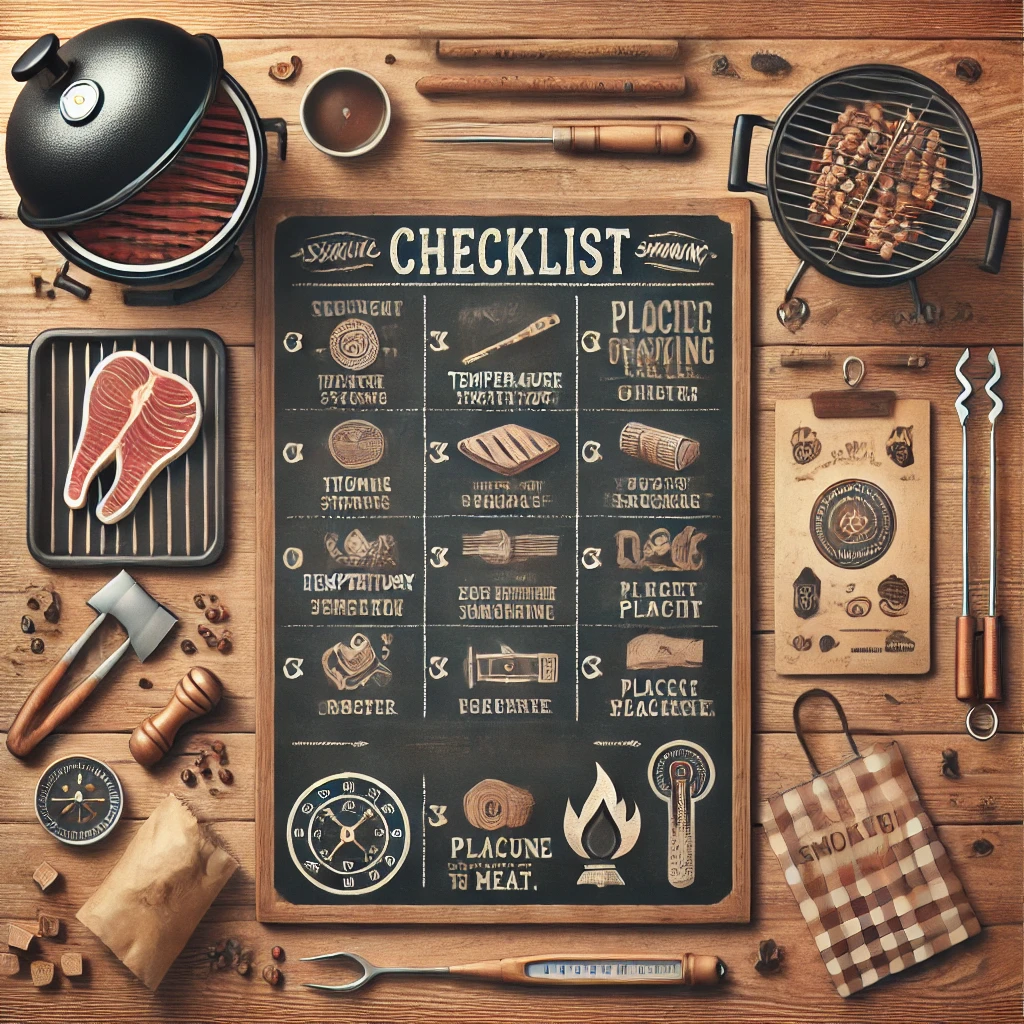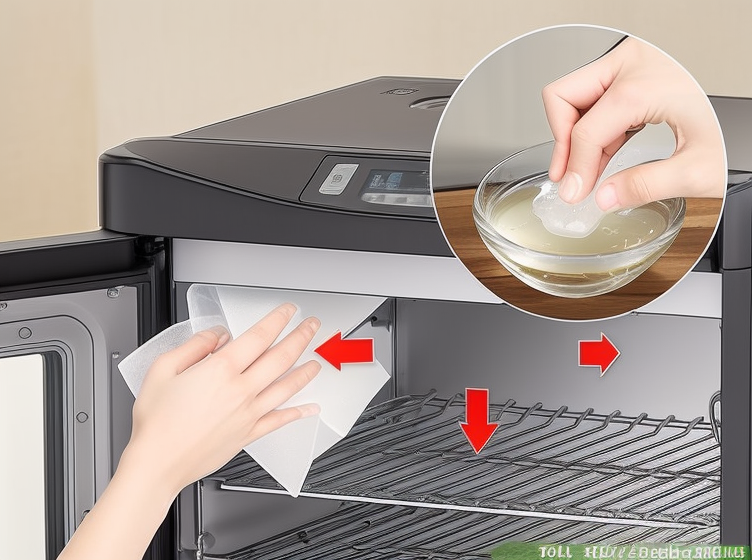
Choosing the right smoker starts with knowing the different types that are out there. Charcoal smokers give that classic, smoky flavor but need a bit more attention and skill. Electric smokers are user-friendly and require less babysitting, making them ideal for beginners. With gas smokers, you can control the heat easily, while pellet smokers blend convenience and flavor pretty well.
When picking a smoker, think about what fits your lifestyle and how often you plan to use it. Are you someone who wants to experiment and enjoy the process, or do you prefer a set-it-and-forget-it approach? Space and budget also play a huge role here; a bigger backyard might accommodate a larger setup, while apartment living may call for something compact.
Key features in a smoker make a world of difference. Look for things like temperature control, build quality, and easy clean-up. A sturdy build means it’ll last longer, while precise temperature control helps cook food just right. Easy access to add charcoal or wood chips is a big plus, especially if you’re smoking for long periods.
Lastly, there’s the budget consideration. Prices vary a lot, so set a limit that works for you. Remember, spending a bit more upfront on a good quality smoker can save money in the long run. Investing in a smoker that’s too cheap might mean dealing with issues down the road, and no one’s got time for that hassle, right?
Preparing Your Smoker: Before You Get Cooking

After unboxing your smoker, it’s time to piece it together, making sure you follow the manual closely. Some models are straightforward, but others might need a little patience. Keep the assembly tools handy and take your time to get it right.
Where you place your smoker really matters. You need a spot that’s safe and well-ventilated, away from things that could catch fire easily. Think about how the wind blows and keep it somewhere you’ll have room to move around while cooking.
Before you start smoking, give your new machine a good clean to get rid of any residues from manufacturing. It’s better to use some gentle soap and warm water for that initial spruce up. Regular maintenance is necessary too, so get in the habit of keeping it tidy between smokes.
Seasoning the smoker isn’t just a cook’s tradition; it’s a necessary step. By coating the inside with a light layer of cooking oil and heating it up to a high temperature, you ensure everything’s spick and span. This process protects it from rust and gets it ready for your first batch of deliciousness.
Tools and Accessories: Must-haves for Every Smoker Beginner
Having the right tools makes a huge difference when using your smoker. First up, invest in a reliable thermometer. Built-in ones can be off, so having an external meat thermometer ensures you’re cooking at the right temperature. Then there are tongs for flipping meat without losing juices and gloves to keep your hands safe from the heat.
Popular accessories include things like rib racks for maximizing space and smoker covers to protect your investment from the elements. Who wouldn’t want to make life easier with a good-quality wood chip box for better smoke control?
Setting up your smoker toolkit doesn’t have to break the bank. Start simple, with just the basics, and gradually add more gadgets as you get more experienced. Local thrift stores or online marketplaces might offer unexpected smoking treasures that won’t hurt your wallet.
The choice of fuel and wood chips is crucial. Whether you go with hickory for strong flavor or applewood for something on the sweeter side, match your wood to the meat you’re cooking. Keep a mix on hand and experiment with pairings to expand your flavor horizons.
Planning Your First Smoke: Recipes and Tips for Beginners
Understanding the basics of the smoking process is your first step toward a smoky masterpiece. Perfecting the art involves knowing just how long and hot to cook your food. Controlling these factors makes the difference between a culinary win and an overcooked mess.
Beginner-friendly recipes can ease you into this adventure. Start with ribs or chicken – they’re forgiving and a great way to practice controlling your smoker. Aim for that perfect smoke ring and layer flavorful rubs to impress your friends at the next BBQ.
Avoid common rookie mistakes like peeking too often, which lets out heat and extends cooking time. Patience is key; set timers and resist the urge to check underneath that lid constantly. Use your thermometer to know exactly when your food reaches the ideal temperature.
Finally, learning to identify when your food is perfectly smoked is an experience thing, but don’t worry, you’ll get there with practice. The right look, texture, and taste tell you it’s ready. Keep notes on what works and what doesn’t, and soon enough, you’ll have a personal log of smoking victories!

This is a fantastic guide for anyone starting their journey into smoking meats! I really appreciate how the article breaks down the different types of smokers—charcoal, electric, gas, and pellet—and explains the pros and cons of each. It’s so helpful for beginners trying to decide what works best for their lifestyle and budget. The tips on preparing the smoker, like seasoning it to prevent rust, are practical and easy to follow.
I also liked the emphasis on having basic tools like thermometers and heat-resistant gloves—it’s reassuring to know you don’t need to buy a ton of equipment right away. That said, I think it would be even better if the article included a couple of beginner-friendly recipes or more specific temperature guidelines for popular meats like ribs or brisket. Overall, it’s a super useful resource that gives newcomers the confidence to dive into smoking!
🍽️
Fleeky
I have a recipe section on the website as well where I share my recipes that I use and have 100’s to add over time! Keep checking back as I post several new recipes weekly!